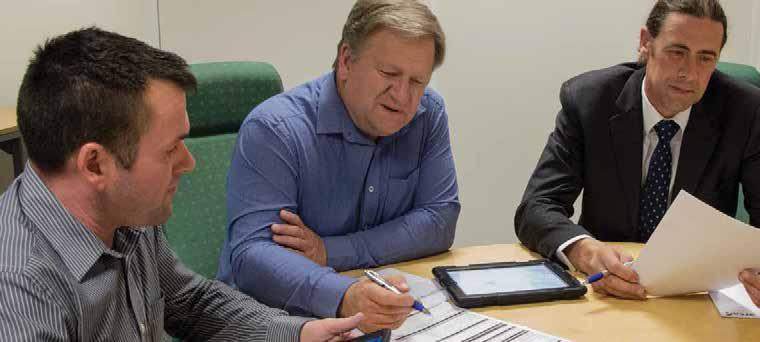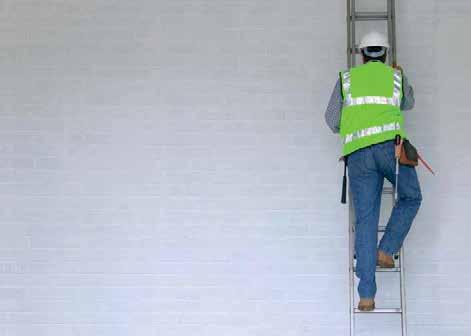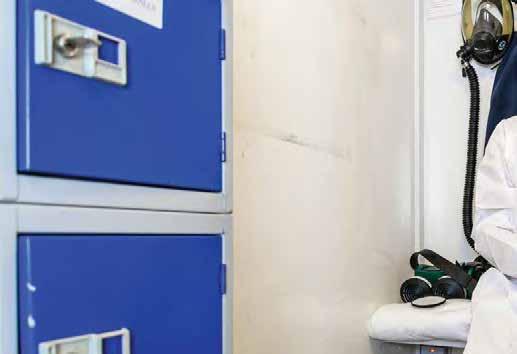guidance
This article gives an overview of the basic legal requirements for welfare provision on asbestos removal sites , and includes arrangements to be in place to be COVID-19 secure. Any failure to provide adequate welfare facilities could have serious implications for HSE’s confidence in a contractors’ general management arrangements.
Welfare Facilities for Asbestos What are welfare facilities? These are facilities that are necessary for the well-being of workers/employees, such as: w Toilets & washing facilities w Rest areas (incorporating a place for preparing hot drinks & eating food) w Access to drinking water w Changing rooms & lockers (where workers need to change into special clothing)
Who is responsible for welfare facilities? All contractors need to ensure that there are adequate facilities for workers under their control. In many cases, welfare provision will require cooperation and coordination between a number of different organisations. This coordination needs to be clearly addressed at the planning stage.
Welfare and health & safety management The Construction (Design and Management) Regulations 2015 (CDM 2015) place specific duties on contractors, clients and others involved in construction work. The definition of ‘construction work’ is very broad and will include asbestos removal tasks (licensed and non-licensed). For example, it includes; alteration, conversion, fitting out, commissioning, renovation, repair, upkeep, redecoration or other maintenance (including cleaning which involves the use of water or an abrasive at high pressure,
16
arca & atac news · winter 2020
or the use of corrosive or toxic substances), decommissioning, demolition or dismantling. The minimum welfare facilities required for all construction sites is described in Schedule 2 of CDM 2015. Welfare requirements on contractors will apply regardless of whether or not the project is CDM 2015 “notifiable”. A company’s approach to arranging welfare provision needs to consider: w The type of work being carried out w The number of workers and work location w Cleaning and maintenance responsibilities and regimes For licensed asbestos removal a ‘suitable and sufficient’ Plan of Work will identify where / how facilities are to be provided. General / generic statements (e.g. “Welfare to be provided by client”) are not sufficient as they do not explain what site teams should expect on-site.
‘plan of work to clearly state arrangements’ It follows that site assessors, planners, supervisors and auditors / visiting managers need to understand the minimum standards for welfare provision and take welfare facilities into account when considering workplace transport and other ‘access’ or site management issues. In addition: w The company’s training and / or general procedures need to cover welfare requirements.
w The company’s general arrangements for monitoring performance must also look at welfare provision; ‘audits, senior management tours’ etc. should expect to identify where welfare provision does not meet the minimum legal standard.
Welfare facilities – basic requirements Any reference to something ‘provided or made available’ means that the facility is in a readily accessible, suitable location. For example, a toilet that is ‘made available’ but is a 30-minute walk away, is unlikely to be considered readily accessible. Where possible there should be separate facilities for men and women - failing that, rooms with lockable doors. Toilets & washing facilities A ‘suitable and sufficient’ number of toilets must be provided or made available. This will depend on the number of workers and the type













